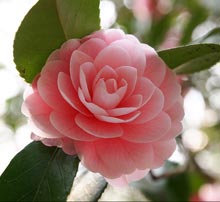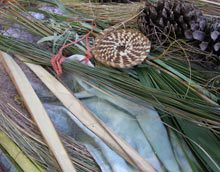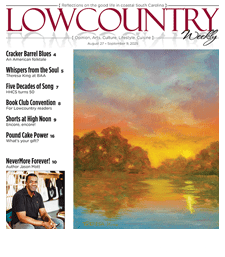Made in the Shade
Gardening in the shade is the delight of Southern gardeners. Because a mature garden is often a shady one, we are blessed with trees and large mature shrubs. There may be a part of the landscape that gets full sun – usually the south or west side of the house. The eastern and northern exposures will be in the shade in summer and winter; temperatures may be considerably cooler in these areas. In the site plan of any new landscaping you would want to know where North is. It is usually shown as an arrow. Looking at a landscape plan, the relationship of the buildings to the north arrow will help in the selection of the right plant for the right place.
Read More








